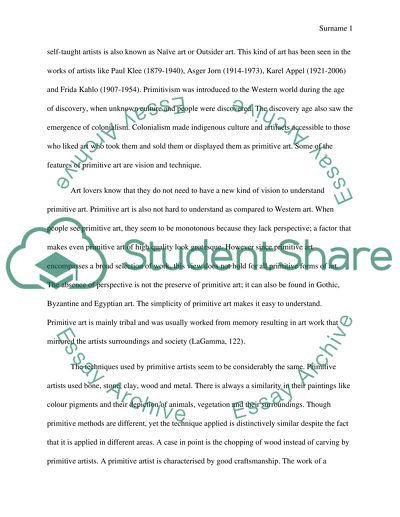Cite this document
(“Huge Impact of Primitivism on the Development of Modern Art Research Paper”, n.d.)
Retrieved from https://studentshare.org/visual-arts-film-studies/1630595-huge-impact-of-primitivism-on-the-development-of-modern-art
Retrieved from https://studentshare.org/visual-arts-film-studies/1630595-huge-impact-of-primitivism-on-the-development-of-modern-art
(Huge Impact of Primitivism on the Development of Modern Art Research Paper)
https://studentshare.org/visual-arts-film-studies/1630595-huge-impact-of-primitivism-on-the-development-of-modern-art.
https://studentshare.org/visual-arts-film-studies/1630595-huge-impact-of-primitivism-on-the-development-of-modern-art.
“Huge Impact of Primitivism on the Development of Modern Art Research Paper”, n.d. https://studentshare.org/visual-arts-film-studies/1630595-huge-impact-of-primitivism-on-the-development-of-modern-art.


